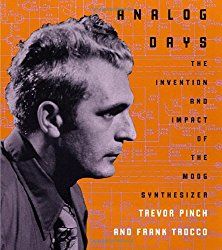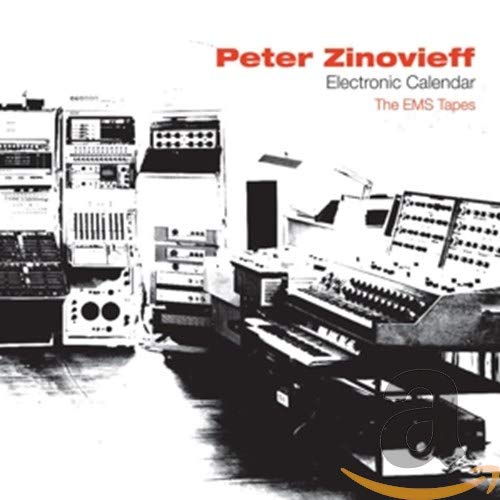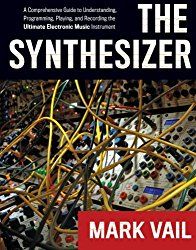YouTube Uploaded by twistedtools on Aug 7, 2011
 "Twisted Tools has released Twisted KP, an advanced OSC converter for Konkreet Labs Performer application for the iPad. It allows you to easily connect Performer to a variety of devices, both inside and outside of your computer. Twisted KP converts performer messages to MIDI, *Control Voltage and Reaktor IC Sends, and in any combination.
"Twisted Tools has released Twisted KP, an advanced OSC converter for Konkreet Labs Performer application for the iPad. It allows you to easily connect Performer to a variety of devices, both inside and outside of your computer. Twisted KP converts performer messages to MIDI, *Control Voltage and Reaktor IC Sends, and in any combination. Simply put, Twisted KP is the bridge between Konkreet Labs Performer and your music software and hardware, allowing you to quickly control almost anything, anywhere.
How it works:
1) Konkreet Labs Performer sends OSC messages to Twisted KP, which runs in Native Instruments' Reaktor standalone mode.
2) Twisted KP receives the messages and provides an easy-to-use interface to convert them to MIDI, analogue control voltage or internal Reaktor messages, called IC sends.
3) You can then route MIDI anywhere out of Reaktor using its virtual MIDI out port, send control voltage out a dc-coupled audio interface to analogue modular synths and/or use an IC SEND menu to instantly select a Reaktor parameter as a destination, via a simple drop down menu.
Features:
Converts Performer messages to MIDI, *Control Voltage or Reaktor IC Sends.
Fast, intuitive and powerful interface.
Presets for NI Maschine, Kore, Moog Voyager, Access Virus and more.
Demo versions and presets for Twisted Tools devices.
Musical scales to play KP in key and create chord clusters.
Bypass entire nodes and/or individual messages.
Message range adjustment.
Message value inversion.
Gate mode.
Quantized note lengths.
Quick Start setup guide within Reaktor.
http://twistedtools.com
Price:
$9
Technical Requirements:
Reaktor 5.6.0
iPad
Konkreet Labs Performer (http://konkreetlabs.com/)
*Control Voltage requires a dc-coupled audio interface. Consult your interface manufacturer's guide to find out if it supports sending control voltage using its outputs before attempting use."
Konkreet Labs Performer - iTunes
iPads on eBay













wqg~~60_57.JPG)
















































